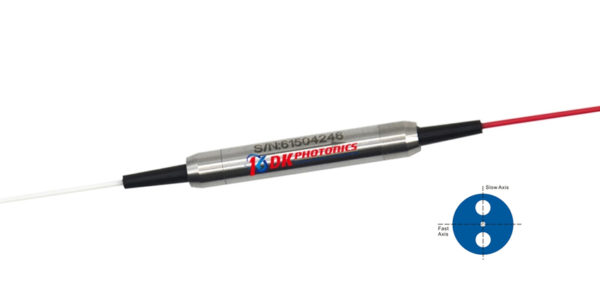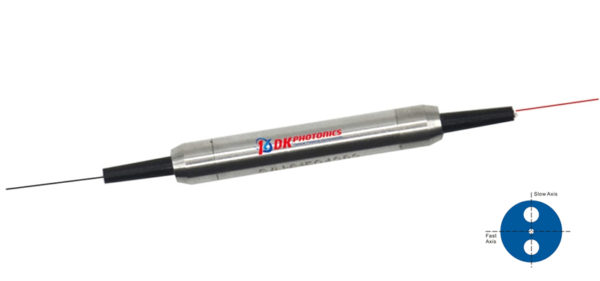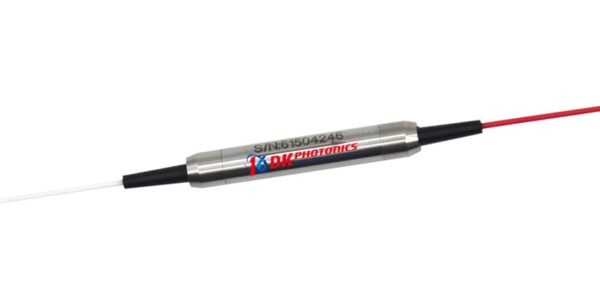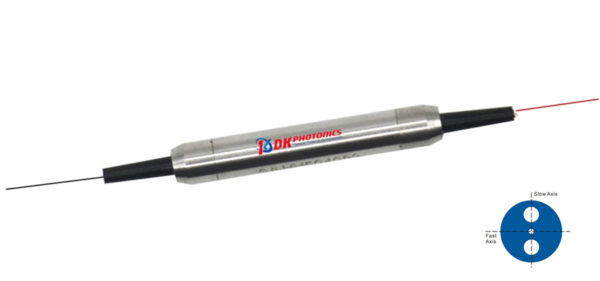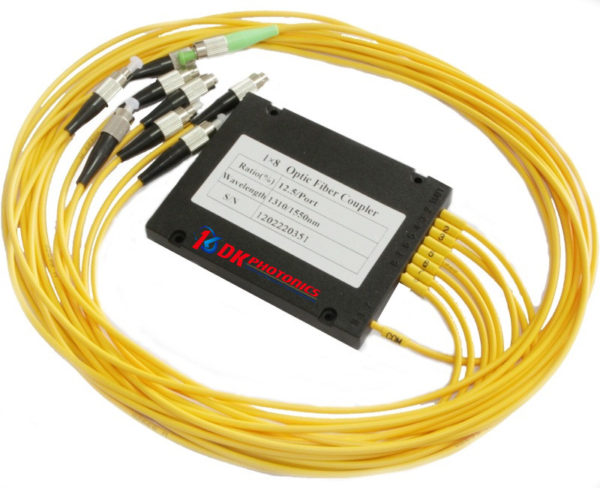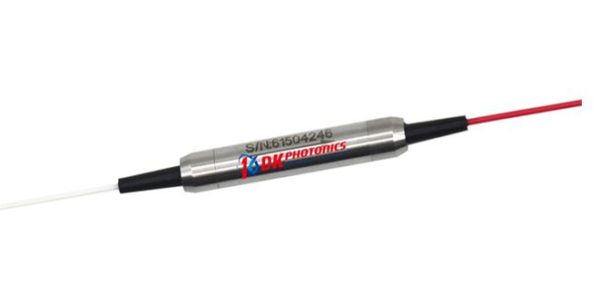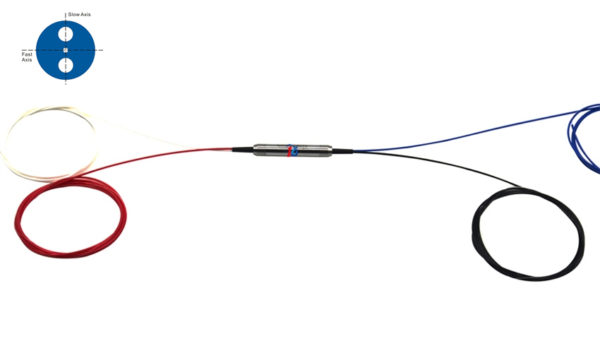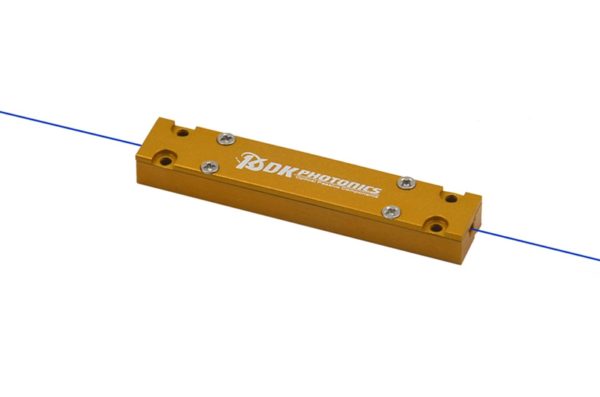Isolators are crucial component used in optical communication applications to prevent unwanted back reflections. Most of isolators use faraday magnetooptic effect to polarize the light. Choosing the right type seems to be important. And this is what we will be talking about through the blog. You will learn everything needed to make the right decision.
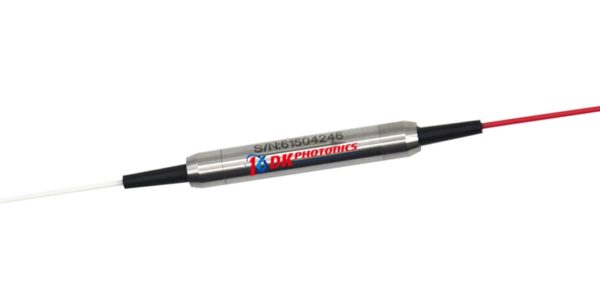
What is optical isolator?
According to Techopedia, “An optical isolator is a passive magneto-optic device that makes travel of light unidirectionally.” The isolator which works on the principle of Faraday Effect is a wide range of communication applications to prevent unwanted feedback to the system.
Also, known by different names such as optoisolators, optocouplers and photocouplers, an optical isolator for polarization is made of different components such as a Faraday rotator with magnet, input polarizer and output polarizer.
The input polarizer which acts as a filter is meant to allow linearly polarized light into the rotator. The rotator then rotates the polarization of the input light by 45 degrees and is allowed to exit through the output polarizer. The energy is either absorbed or reflected depends on the polarizer type. There are two types of polarizer: high power and low-power polarizers.
Optical isolators are also grouped into tow two categories – polarization-dependent isolators and polarization-independent isolators. The former uses input and output polarizers while the later uses input and output birefringent wedges. But both use a Faraday rotator.
Polarization sensitive Optical Isolators are used in a wide range of applications including laser applications where they are used to prevent unwanted feedback into the laser source. The use of isolators prevents the coherence of the laser from affective any damage to the diode itself. Because. The feedbacks it provides are capable of frequency shift, noise, mode hopping or amplitude fluctuation.
The isolators play a vital role in achieving stable laser diode operation. In high speed optical fiber transmittance amplifiers and routes, they are regarded as the most crucial device as they eliminate the adverse effect of return beams
Now you are far better equipped with the information you need to make a decision regarding the selection of isolator. There are many dealers that provide Polarization sensitive optical Isolators in China. But you should buy from the one that you think is reliable and that provides a better after sale support. You can also explore a variety of Polarization sensitive optical Isolators online.
